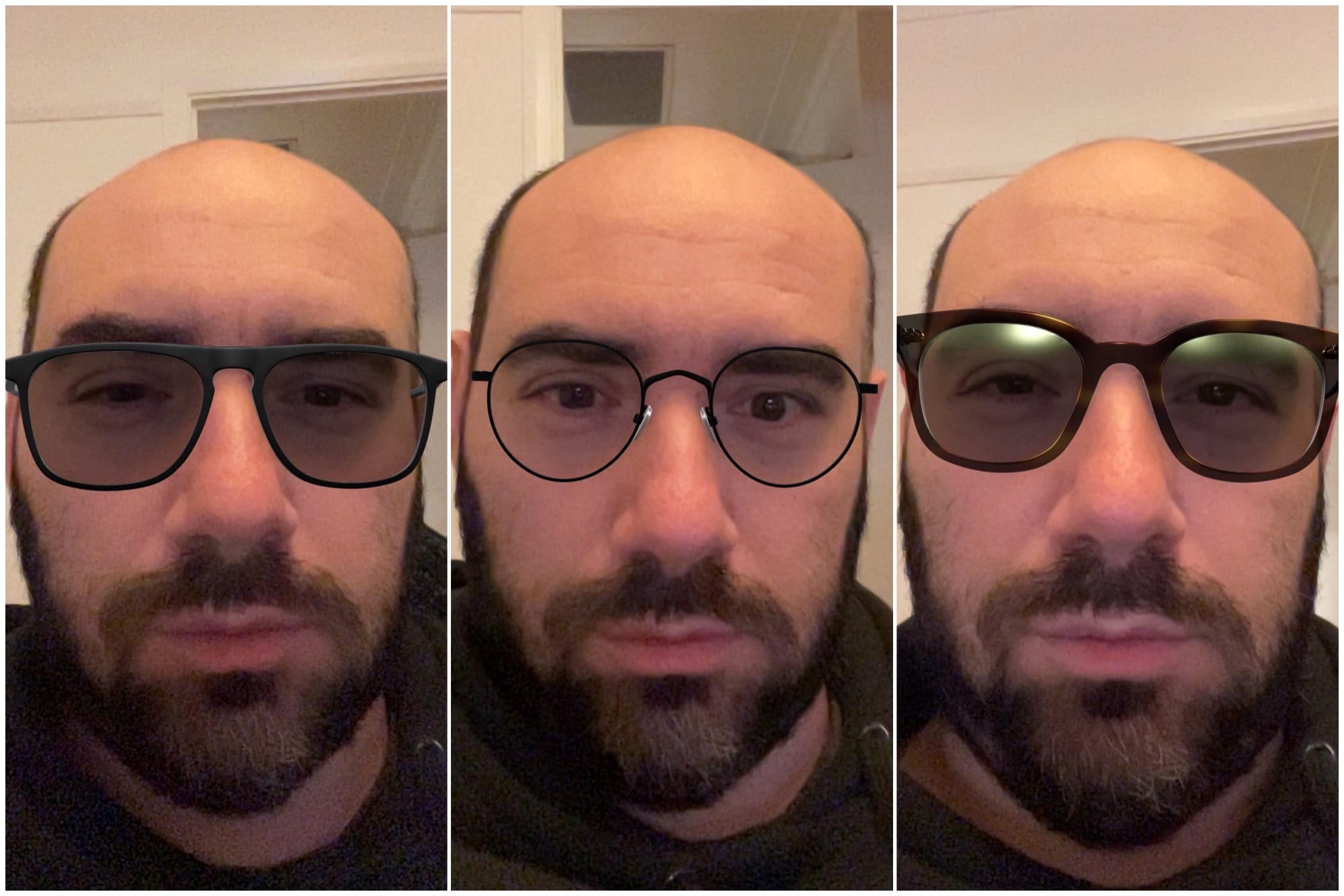Going into stores to try on glasses might be a thing of the past, as one retailer tries augmented reality to let you try things on.
We don’t go to the shop as often as we once did, and we probably know the reason why: thanks, coronavirus.
Despite that, retailers are adapting to the changing nature of the world, even if not going into a store makes some things a little more difficult.
While you can easily shop for fruit and veggies from your phone, or order anything else online after doing a quick spot of research, finding personal items for you to try on can still be a little complicated without actually going into the shop to, you know, try things on. Online retailers have helped reinforce the idea that you can buy things and then return them if they don’t fit, while other savvy startups have turned to technology, such as how you can get fitted for clothing using technology calibrated measurements.
However a recent move by a retailer promises to use recent iPhones to fire up augmented reality and allow you to see shades of colour on your person without needing to reach for a new physical pair of shades.
Australian eyewear company Bailey Nelson has recently teamed up with Australian augmented reality company Plattar for a virtual glasses try-on not unlike what Snapchat has tried in the past as well as something by Sunglass Hut, allowing you to project select pairs of glasses on your face using a website and the front-facing camera of recent phones.
The idea uses 3D models and Apple’s ARKit, a platform for connecting augmented reality to the world, as well as the TruthDepth camera on the front of iPhone models from the iPhone X and higher, registering the face using the same Face ID system iPhone owners use their face to log into their phones with. From there, you can try on a pair of glasses virtually, seeing how you’d look much like how you’d use a mirror from within the physical store.
Select iPhone models with LiDAR on the back can also use the technology, meaning the iPhone 12 Pro, iPhone 12 Pro Max, and 2020 iPad Pro and higher, with these being used to virtually try on the glasses, too, using this rear-camera light and depth sensor to place glasses on friends and family, and allow you to see and snap the results virtually.
While a virtual representation helps you solve how something looks, it can’t solve how the glasses feel, but it is a step in the direction of “try before you buy” that still allows you to actively try rather than taking a shot in the dark.






